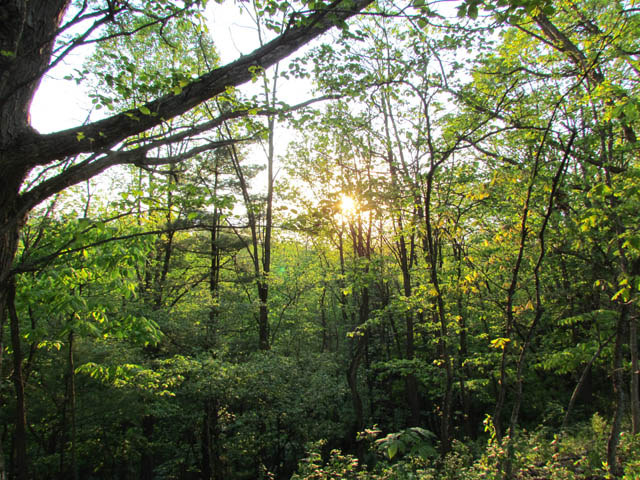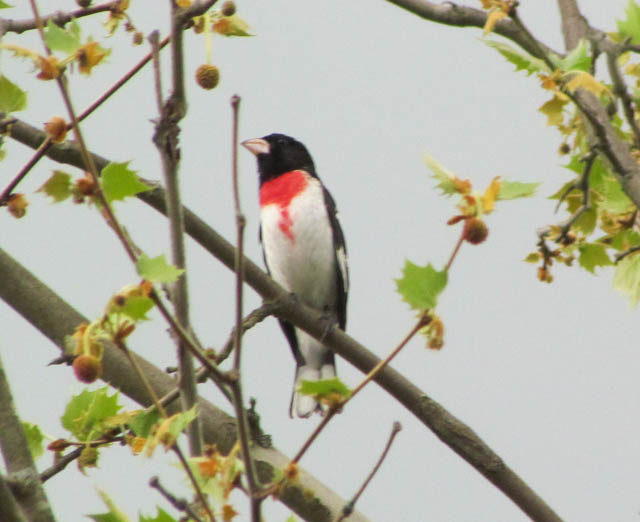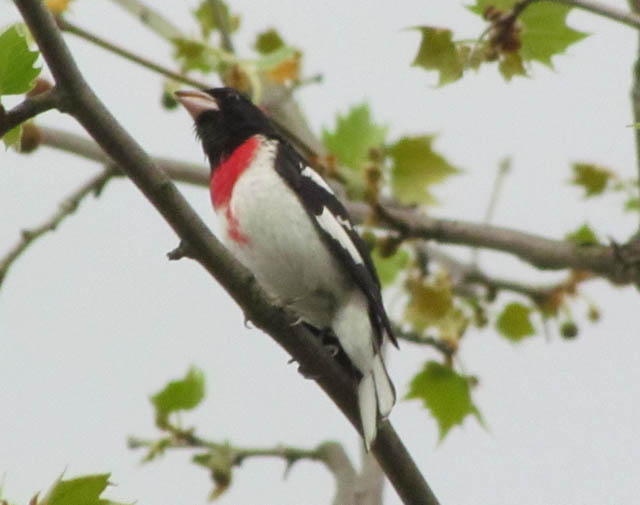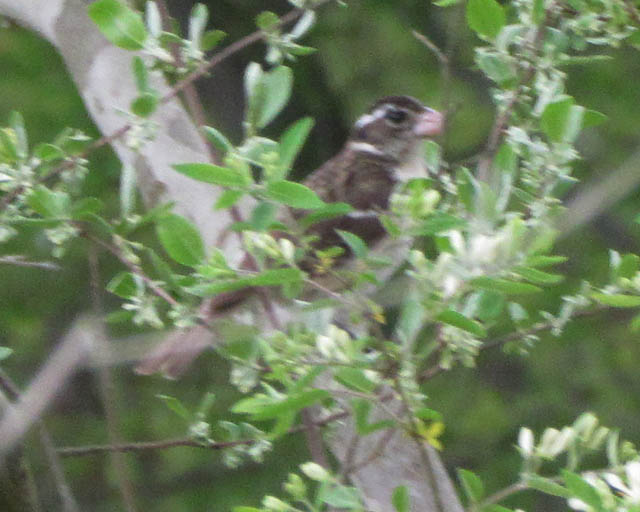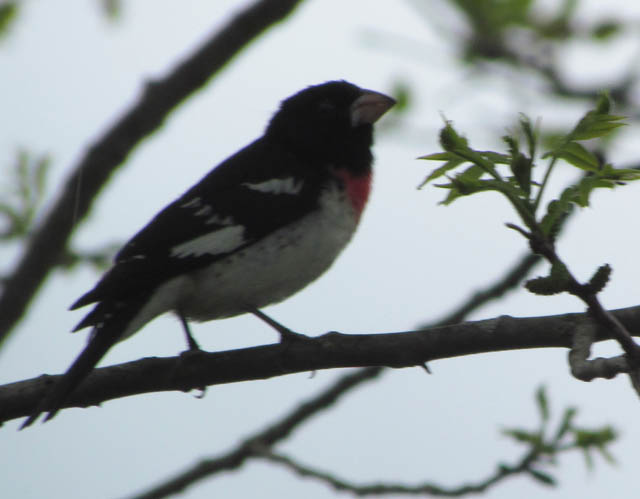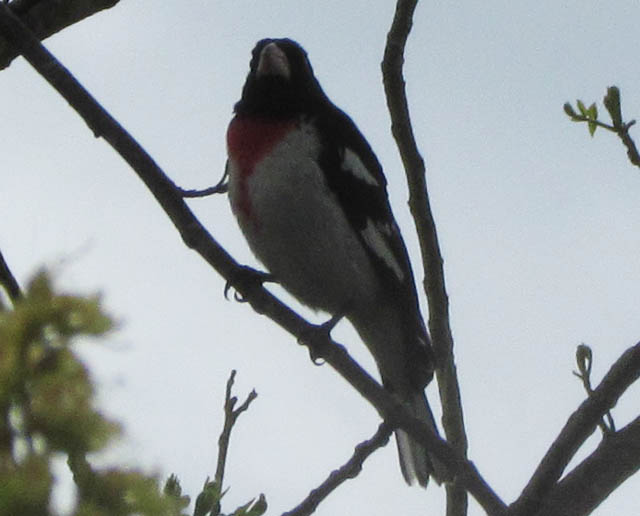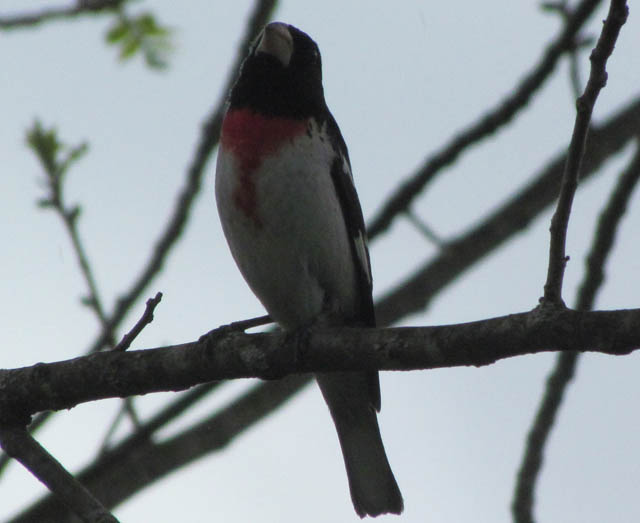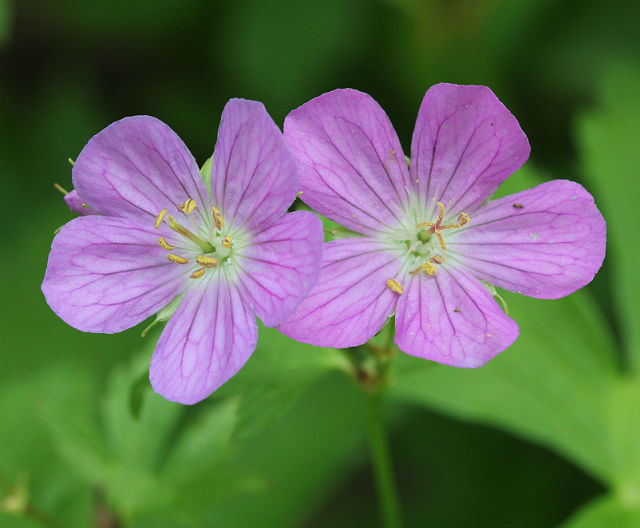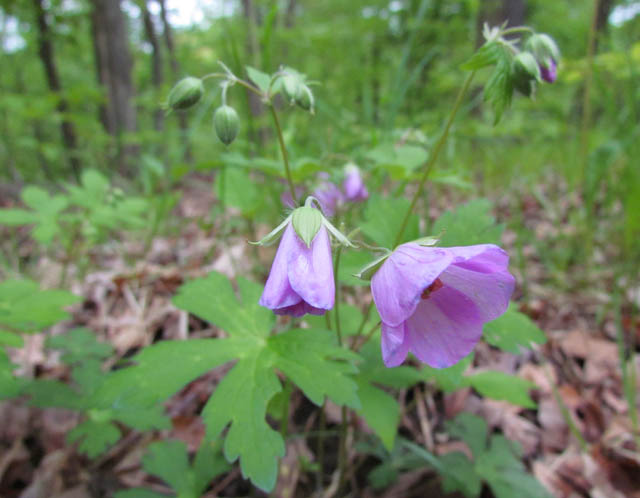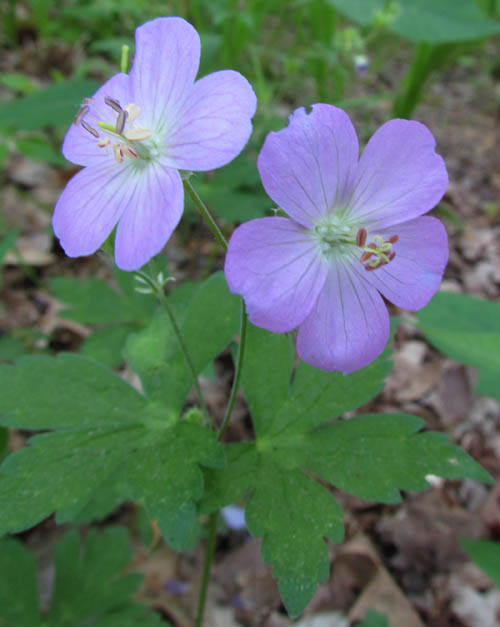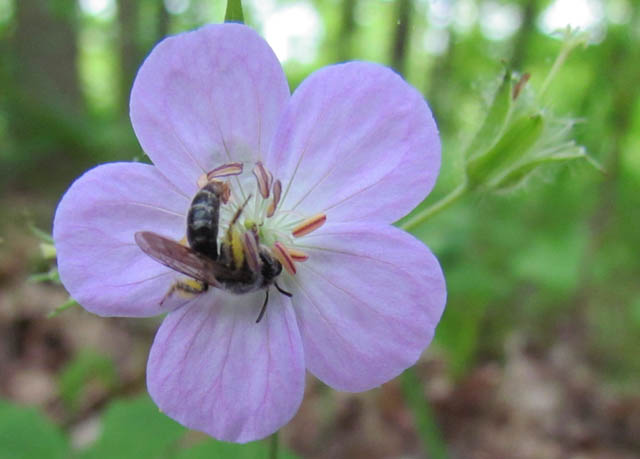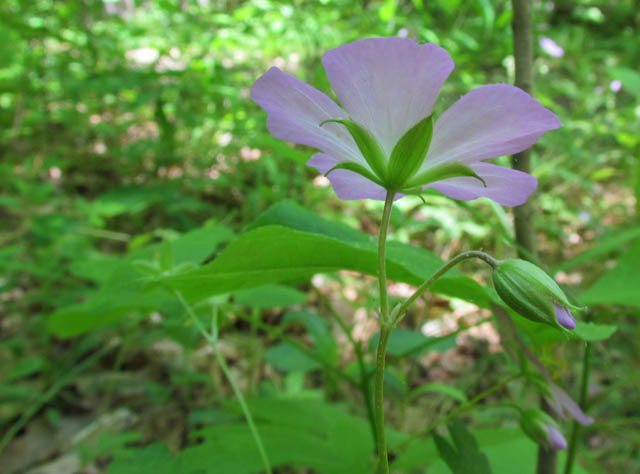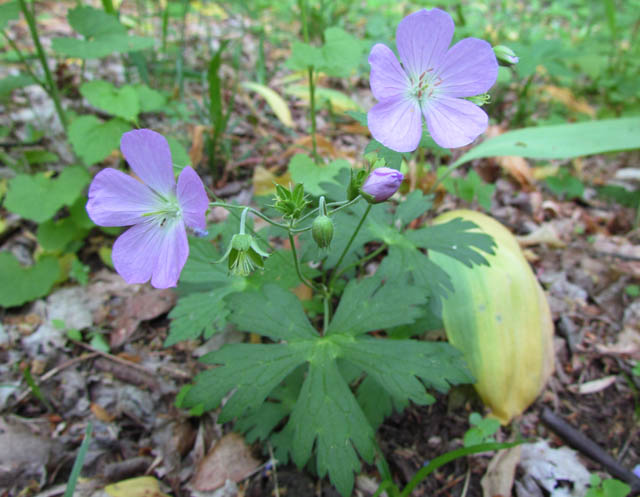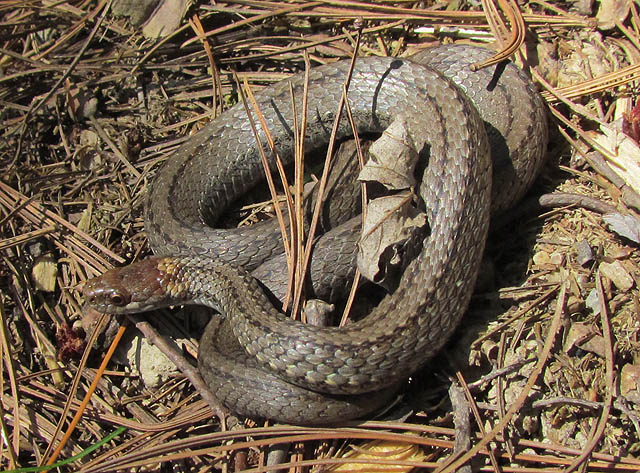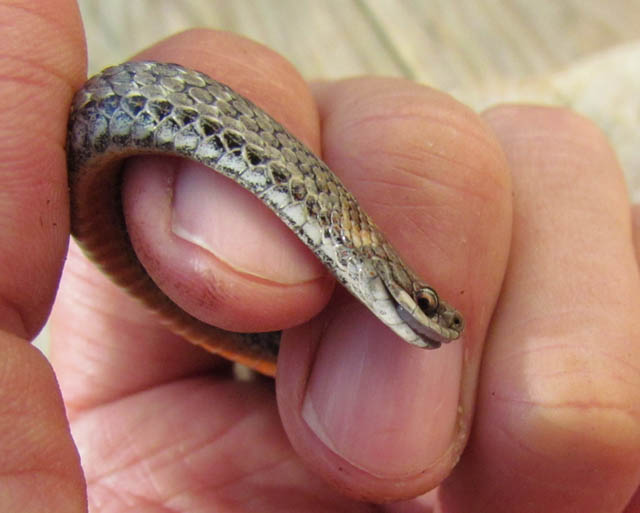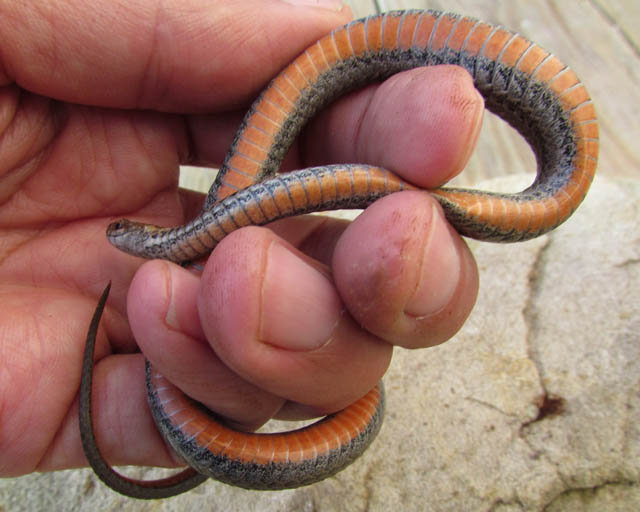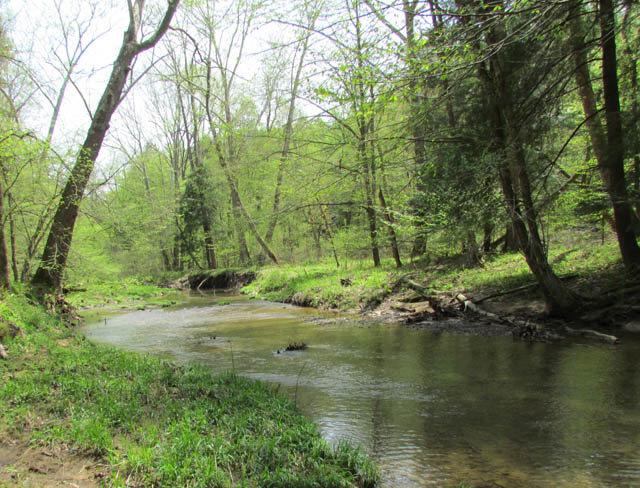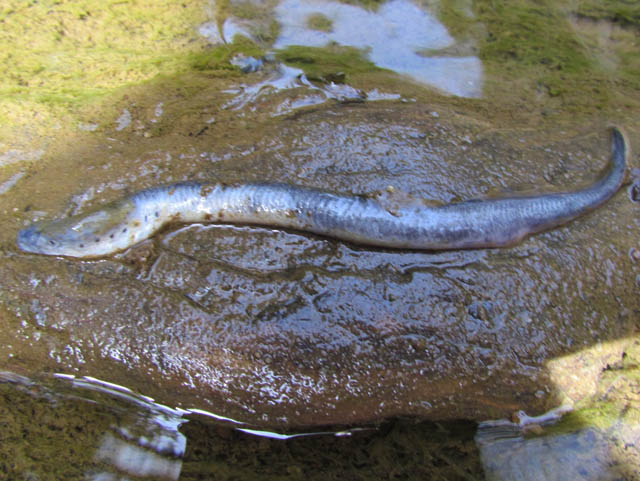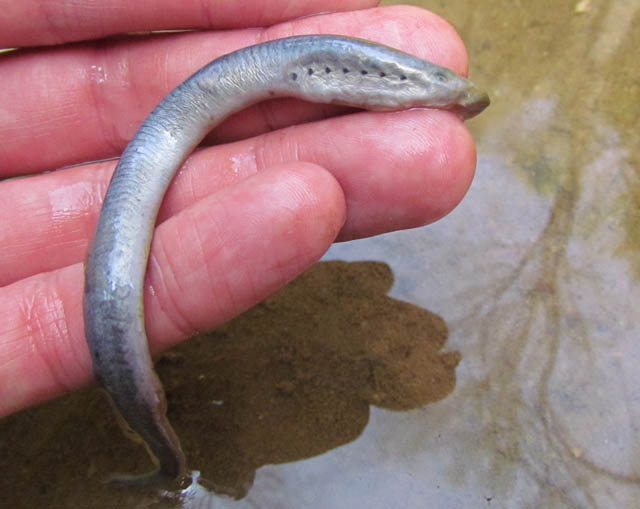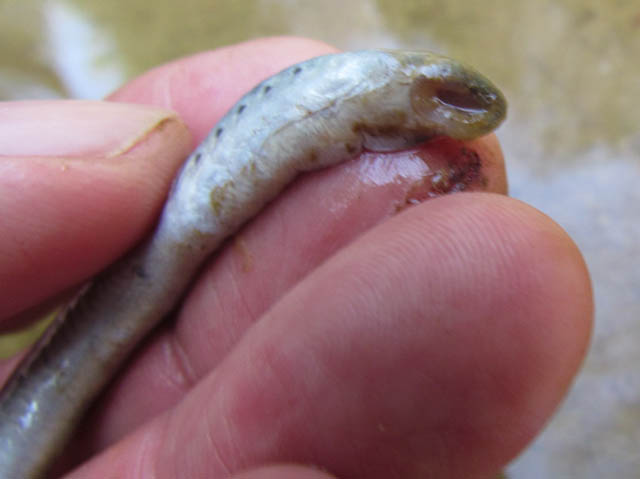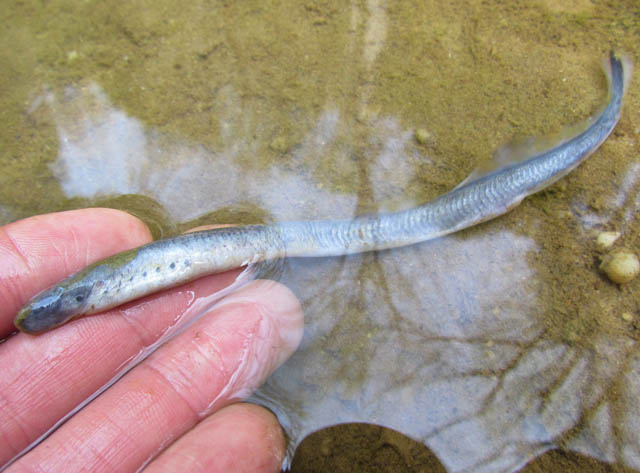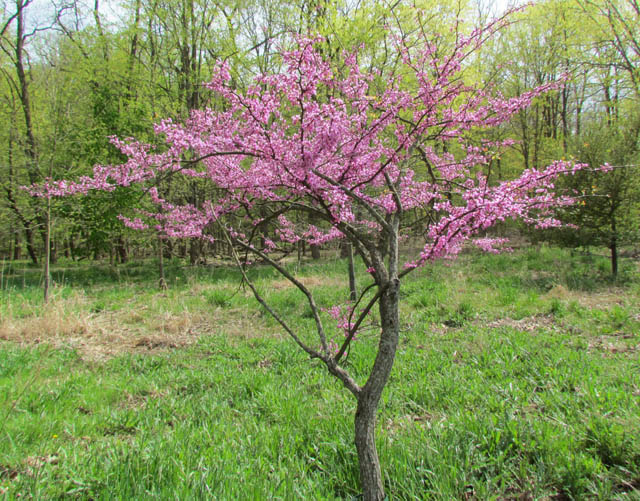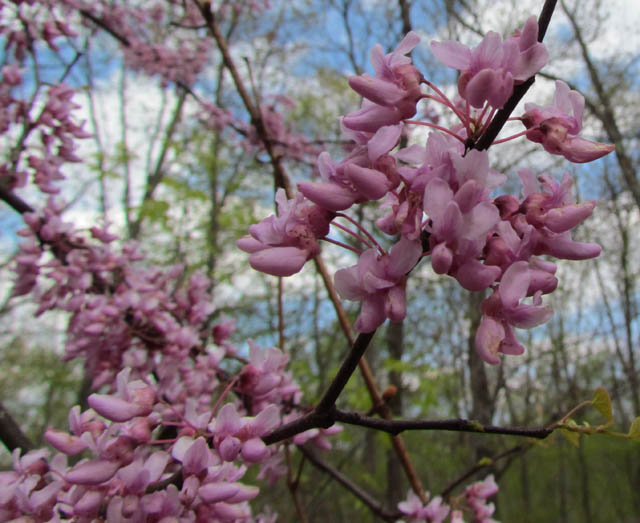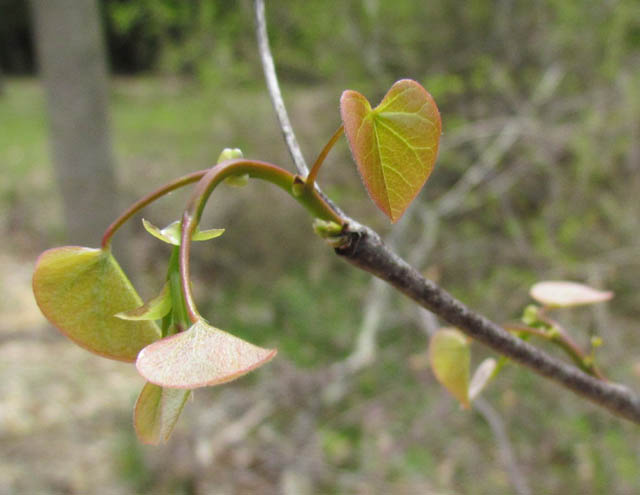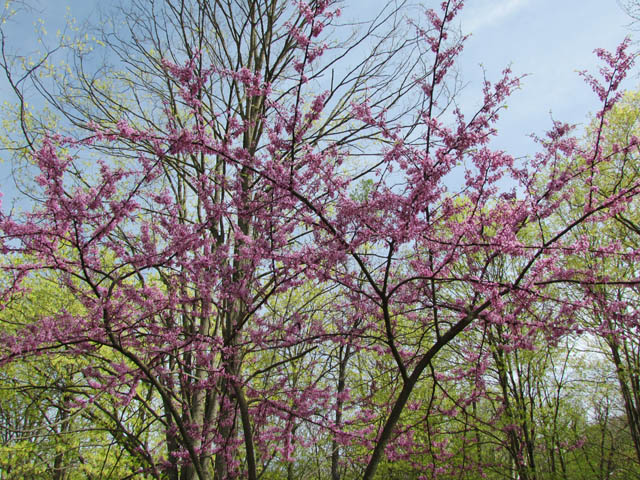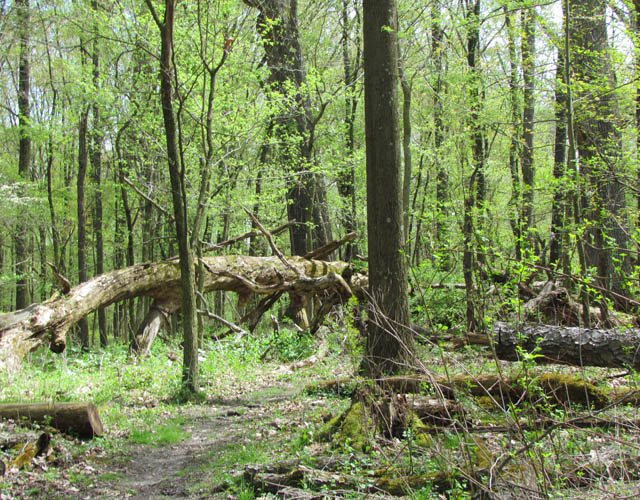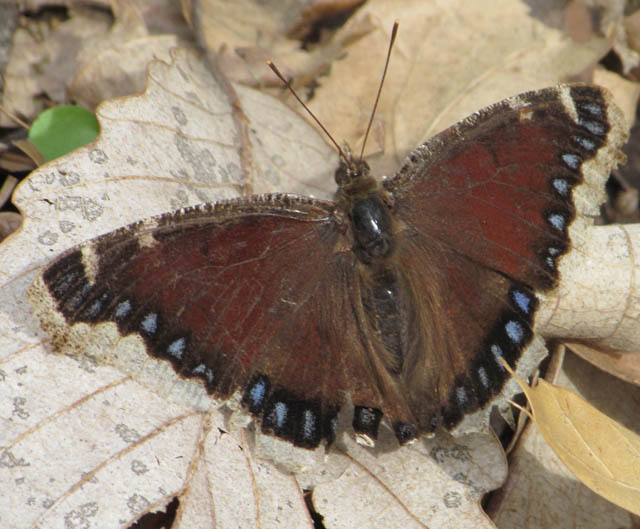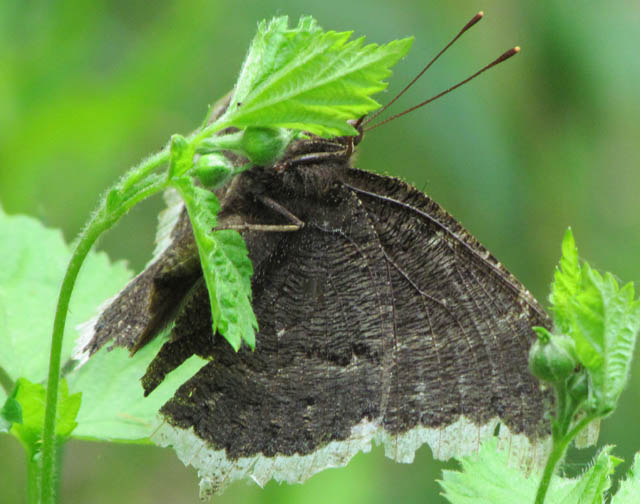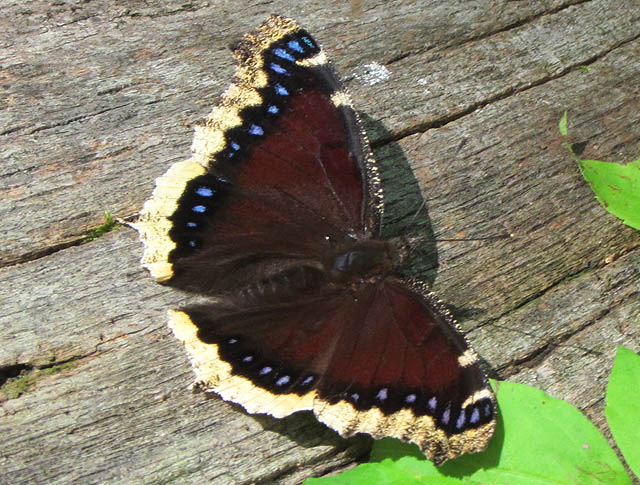The Rose-breasted Grosbeak is a medium-sized, stocky songbird with beautiful, bold plumage. It can be a tricky bird to find, as it often calls from treetops, but lately I’ve been spotting them.
Its beak is large, thick and cone-shaped. It serves the bird by enabling it to eat wide varity of food items. The diet of the Rose-breasted Grosbeak varies between seasons, with a higher percentage of insects being taken warm weather. In the Winter, more seeds, fruits and buds are consumed.
At the beginning of the breeding season the female grosbeak approaches a singing male, who in turn performs a courtship display involving flight and song. The pair is monogamous and builds a nest between May and June, with egg laying generally occurring between mid-May and July.
Like many birds, the females aren’t as brightly colored as the males. They are not the best nest builders; Rose-breasted Grosbeaks build such flimsy nests that the eggs are often visible from below through the nest bottom.
The Rose-breasted Grosbeak is relatively common throughout much of eastern and central North America and lives in forests and thickets, as well as alongside humans in parks and gardens.
They are long-distance migrants. Rose-breasted Grosbeaks fly from North American breeding grounds to Central and northern South America in the Winter.
Although often difficult to locate visually, its vocal abilities can often be heard. This bird’s sweet, robin-like song has inspired many a bird watcher to pay tribute to it. A couple of early twentieth-century naturalists said its call is “so entrancingly beautiful that words cannot describe it.”

